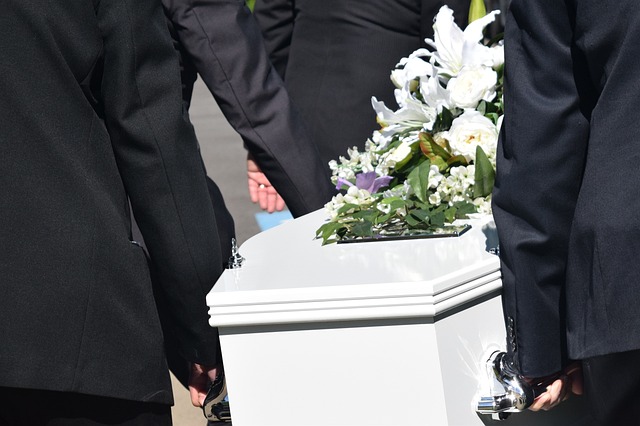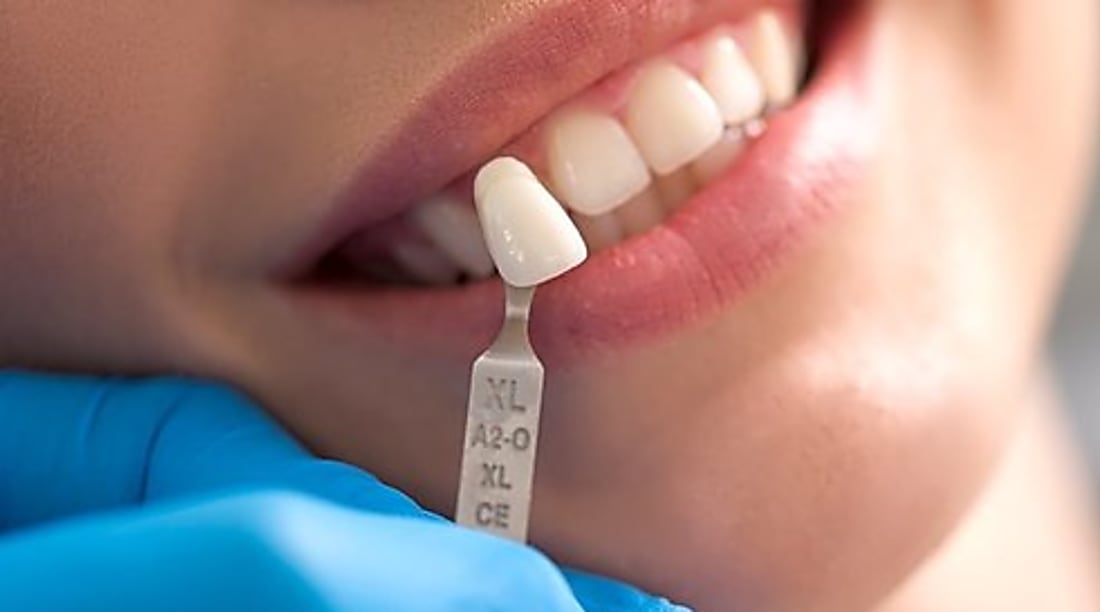THE TRUTH ABOUT CREMATION IN 2025: PROCESS AND COSTS
Cremation has become an increasingly chosen option in 2025, but many still don’t fully understand how the process works or what’s actually involved. From preparation to final memorial choices, today’s cremation services offer more flexibility than ever. Here’s what families need to know before making this important decision.

Cremation has become the preferred choice for many Americans, with rates steadily increasing over the past decade. By 2025, the cremation landscape has evolved significantly, incorporating advanced technologies, expanded options, and greater transparency in both process and pricing. Whether you’re pre-planning for yourself or making arrangements for a loved one, understanding the complete cremation journey is essential for making informed decisions that honor final wishes while managing practical considerations.
How Is The Cremation Process Explained Step By Step In 2025?
The modern cremation process follows a carefully regulated sequence designed to maintain dignity and respect throughout. When a death occurs, the deceased is transported to the crematory facility after all necessary documentation and permits are secured. Before cremation begins, the body is identified using a tracking system that maintains identity verification throughout the entire process—a standard practice that has become even more sophisticated in 2025.
The body is placed in a combustible container or casket appropriate for cremation. Any medical devices that could be hazardous during cremation, such as pacemakers, are removed. Personal items are typically returned to the family, though some small sentimental objects may remain with the deceased if requested and approved by the crematory.
The actual cremation occurs in a specially designed furnace called a retort, which reaches temperatures between 1,400-1,800 degrees Fahrenheit. The process has become more efficient in 2025, with advanced technology reducing environmental impact through improved filtration systems and energy usage. The entire cremation typically takes 1-3 hours, depending on various factors including body size and the type of equipment used.
After cooling, the cremated remains are processed to create a uniform consistency of small bone fragments, typically referred to as ashes. These remains are then transferred to a temporary container or the permanent urn selected by the family.
What Are The Modern Cremation Options And Urn Selection Choices?
In 2025, families have more cremation options than ever before. Traditional cremation remains popular, but alternative methods have gained significant traction. Aquamation (alkaline hydrolysis), which uses water and alkaline chemicals rather than fire, has become widely available across most states as a greener alternative. This process produces similar remains but with a reduced carbon footprint.
Terramation (human composting) has expanded beyond the initial pioneering states to become a legal option in many regions, appealing to those seeking an environmentally conscious approach to end-of-life care. These alternatives reflect growing consumer demand for sustainable practices in all aspects of life, including death care.
Urn selection has similarly evolved, with options ranging from traditional decorative vessels to biodegradable containers designed for specific types of disposition. Families can choose from:
- Biodegradable urns made from materials like recycled paper, salt, or plant-based compounds that dissolve in water or soil
- Memorial jewelry that incorporates a small portion of cremated remains
- Artistic glass creations where remains are incorporated into handcrafted pieces
- 3D-printed custom urns designed to represent the deceased’s interests or personality
- Tech-enhanced memorial urns with digital displays showing photos or videos of the deceased
Many families now opt for dividing remains among multiple smaller keepsakes, allowing several family members to maintain a physical connection to their loved one.
What Should Families Know About Cremation Planning?
Advance planning has become increasingly common, with many individuals pre-arranging and sometimes pre-paying for cremation services. This approach offers several advantages: it locks in current pricing, reduces the burden on family members during their time of grief, and ensures personal wishes are honored.
When planning for cremation, families should understand that the process involves more than just the cremation itself. Additional considerations include:
- Transportation of the deceased to the crematory facility
- Necessary permits and death certificates
- Whether a viewing or service will be held before cremation
- If embalming is desired (not required for cremation but may be chosen if viewing is planned)
- Selection of final disposition method for the cremated remains
Many cremation providers now offer comprehensive planning tools through digital platforms, allowing families to explore options, compare costs, and make arrangements remotely. These services have become increasingly sophisticated in 2025, often including virtual consultations with funeral directors and digital signing of necessary documents.
Religious considerations remain important for many families. While more religious denominations have become accepting of cremation over time, some traditions still have specific requirements. Consulting with religious leaders about appropriate practices can help ensure cremation aligns with spiritual beliefs and traditions.
How Long Does Cremation Take And What Is Returned?
The timeline for the entire cremation process typically spans several days, though the actual cremation itself usually takes 1-3 hours. After death, there is generally a waiting period of 24-48 hours before cremation can occur, allowing time for necessary paperwork and permits. Some states require a waiting period by law to ensure proper identification and documentation.
In 2025, improved cremation technology has made the process more efficient, but families should still expect the complete process—from death to receiving the remains—to take approximately 7-10 days. This timeline includes:
- Transportation and preparation of the body
- Completion of legal documentation
- The cremation itself
- Processing of the cremated remains
- Transfer to the selected container
What families receive after cremation are not actually ashes, but rather processed bone fragments. The average adult cremation produces between 3-9 pounds of cremated remains, with the volume typically filling a standard urn of about 200 cubic inches. The appearance is similar to coarse sand or gravel with a light gray or white color.
All organic material and soft tissues are consumed during cremation, leaving only bone fragments that are then processed into smaller, uniform particles. Any non-combustible materials such as metal joint replacements or dental work are separated after cremation and typically recycled through specialized programs that have become standard practice by 2025.
What Are The Current Costs Of Cremation Services In 2025?
Cremation costs vary significantly based on location, included services, and the provider chosen. Direct cremation—which includes only the essential services without ceremonies or viewings—remains the most affordable option, while full-service cremation with memorial services approaches traditional burial costs.
| Cremation Service Type | Provider Examples | Average Cost Range (2025) |
|---|---|---|
| Direct Cremation | Neptune Society | $995 - $1,695 |
| Direct Cremation | Cremation Society of America | $795 - $1,295 |
| Cremation with Memorial Service | Dignity Memorial | $3,200 - $5,500 |
| Full-Service Cremation | Service Corporation International | $4,500 - $7,800 |
| Aquamation | Recompose | $5,500 - $7,000 |
| Green Cremation | Solace Cremation | $1,895 - $2,500 |
Prices, rates, or cost estimates mentioned in this article are based on the latest available information but may change over time. Independent research is advised before making financial decisions.
Additional expenses to consider include urn selection ($50-$2,000), memorial services ($500-$3,000), and final disposition costs. Cemetery interment of cremated remains typically requires purchase of a cremation plot ($350-$2,500) and potentially a vault ($500-$1,500). Scattering services through professional providers range from $100-$1,000 depending on location and complexity.
Many providers now offer package pricing that combines multiple services at a reduced rate. Digital memorialization options—virtual spaces where friends and family can share memories and photos—have become common add-on services, typically ranging from $200-$500 for long-term hosting.
The significant cost difference between direct cremation and traditional burial (which averages $7,500-$12,000 in 2025) continues to be a major factor driving cremation’s increasing popularity. However, families should carefully review what each package includes, as basic cremation prices may not cover all desired services.
As with most consumer services, comparing multiple providers and understanding exactly what is included in quoted prices remains essential for families making these important arrangements. Many cremation providers now offer transparent online pricing to facilitate easier comparison, a practice that has become more standardized since the Federal Trade Commission updated the Funeral Rule to address digital disclosures.




